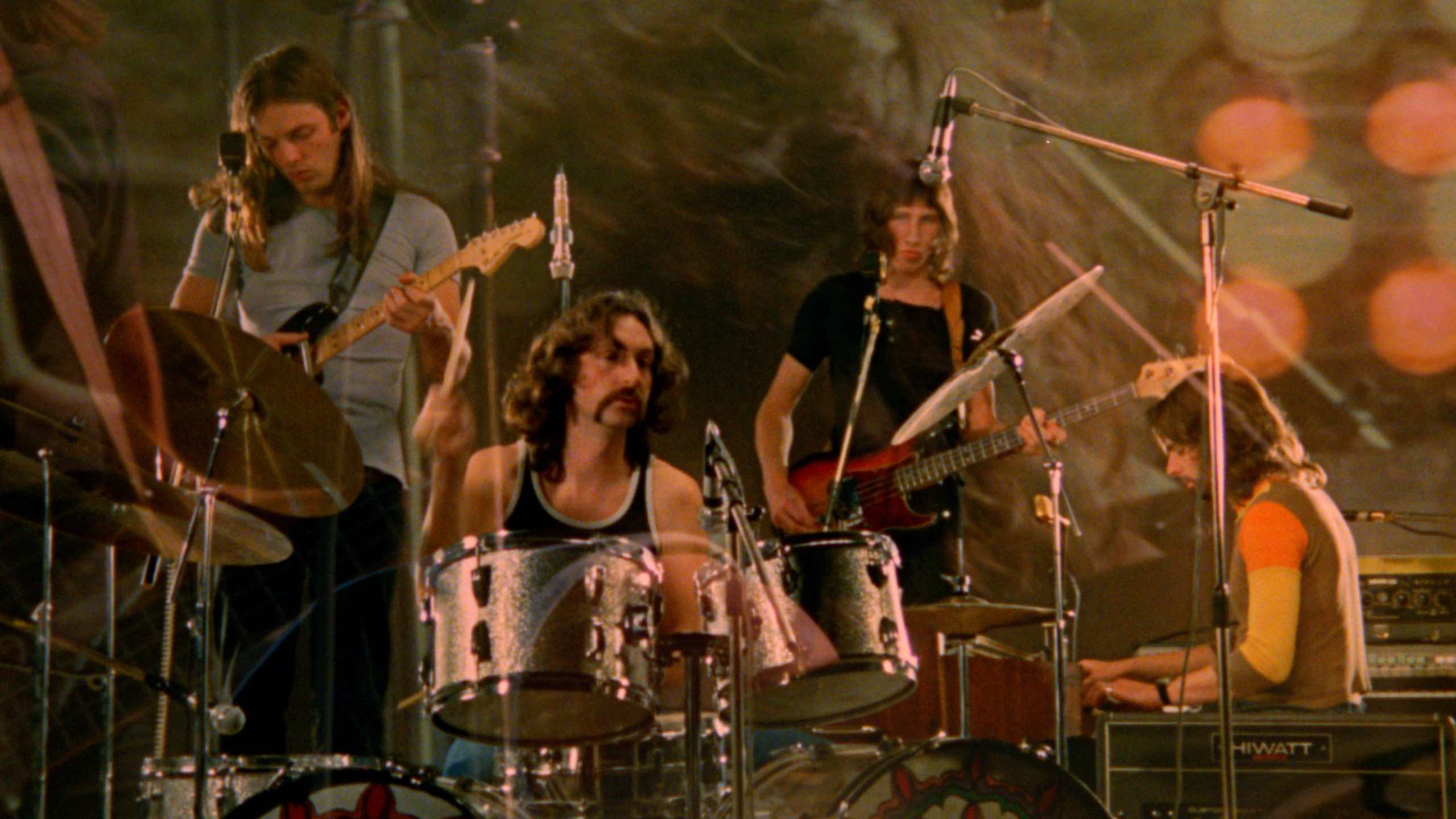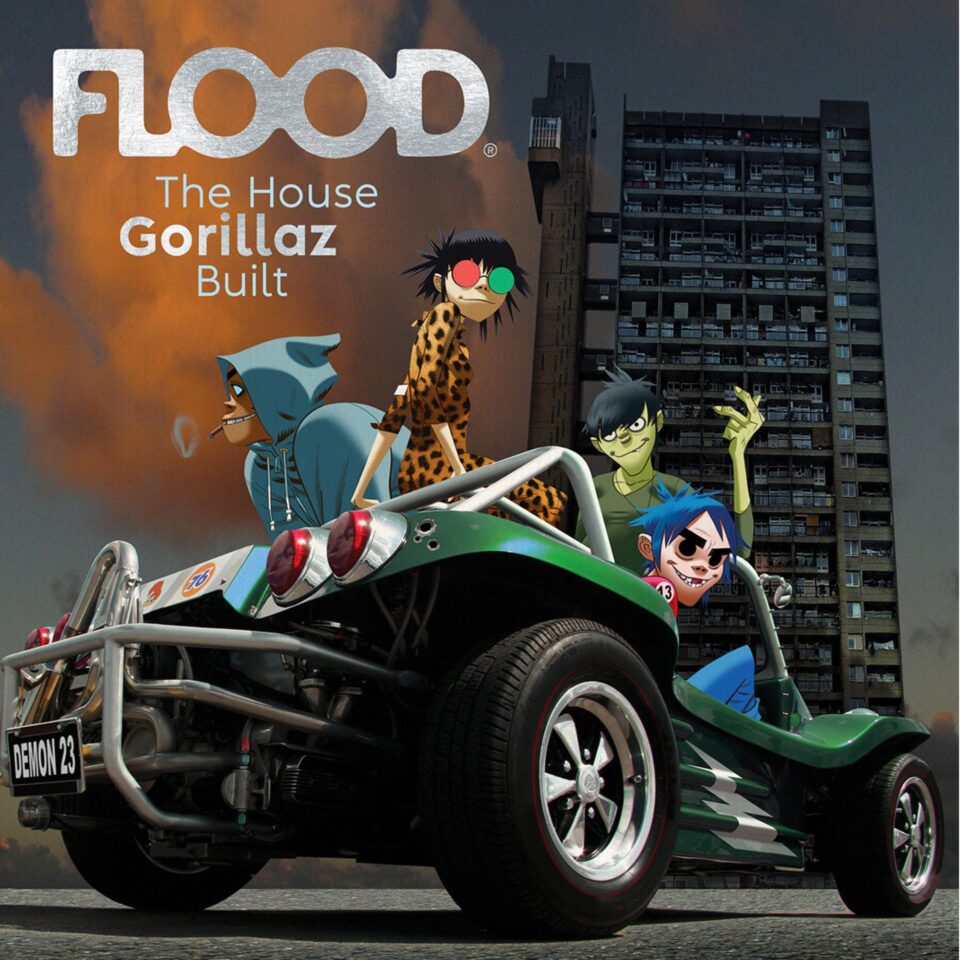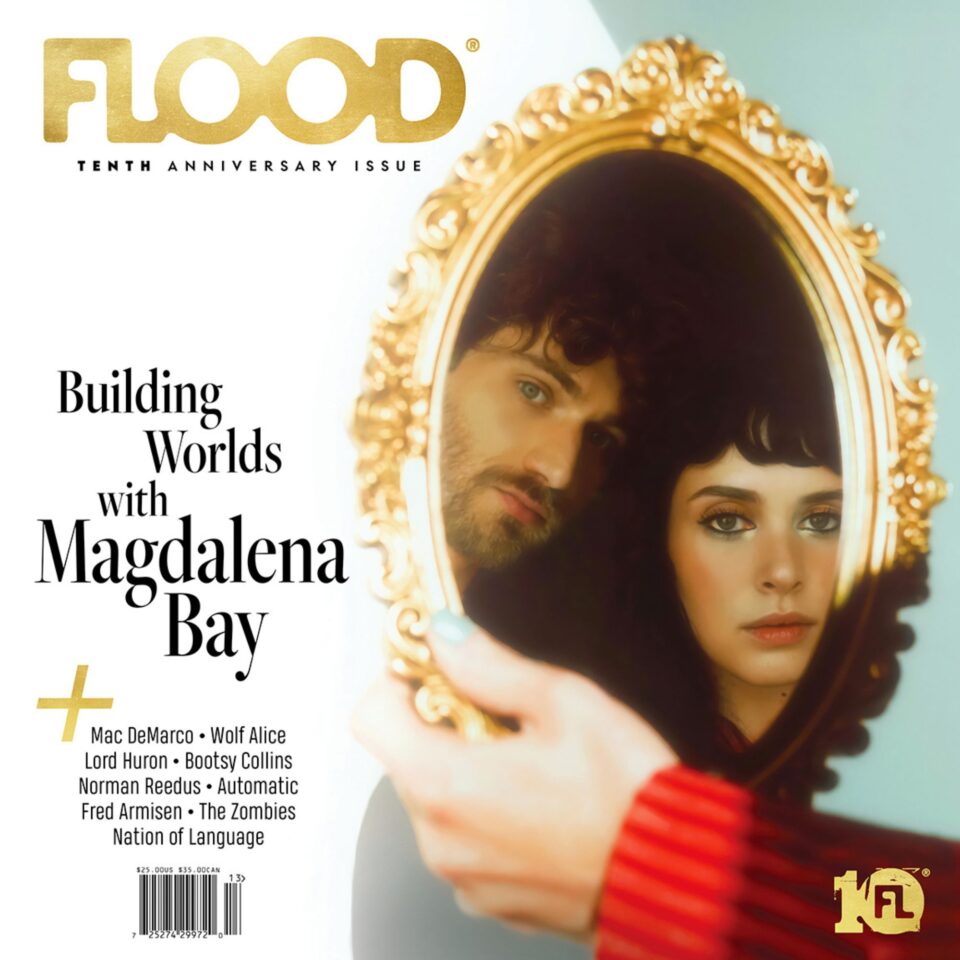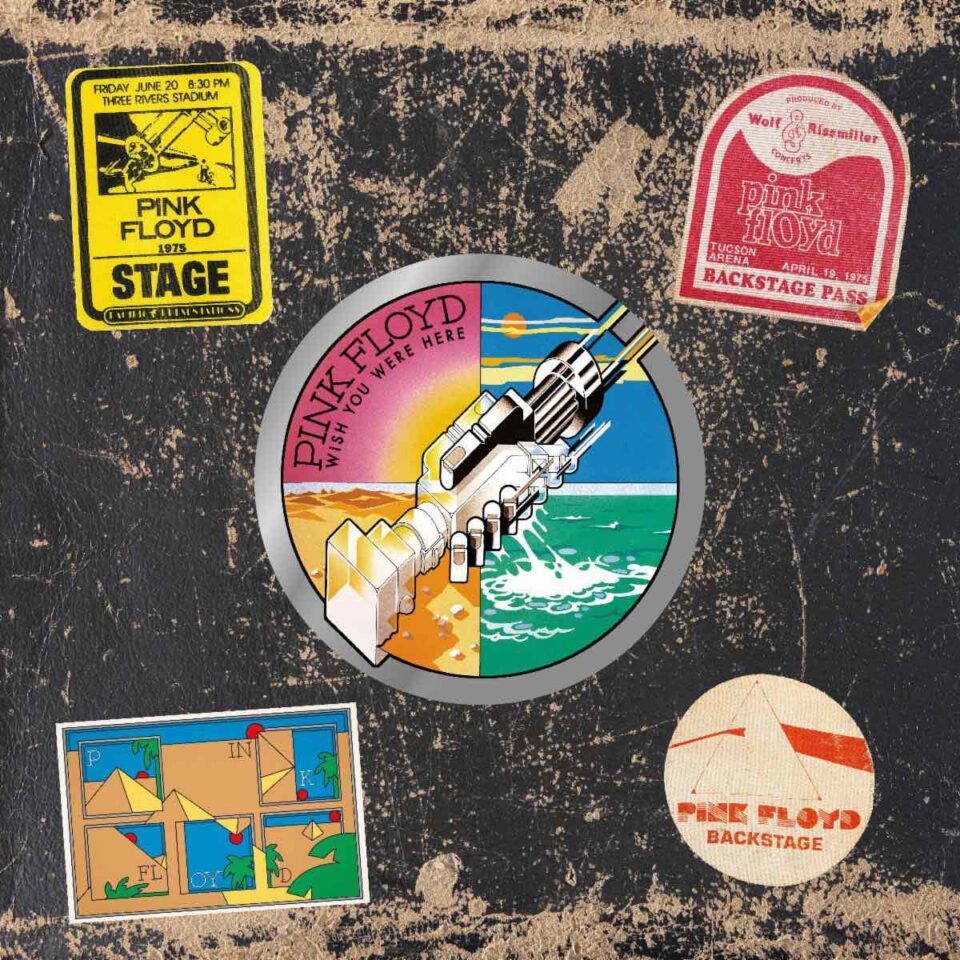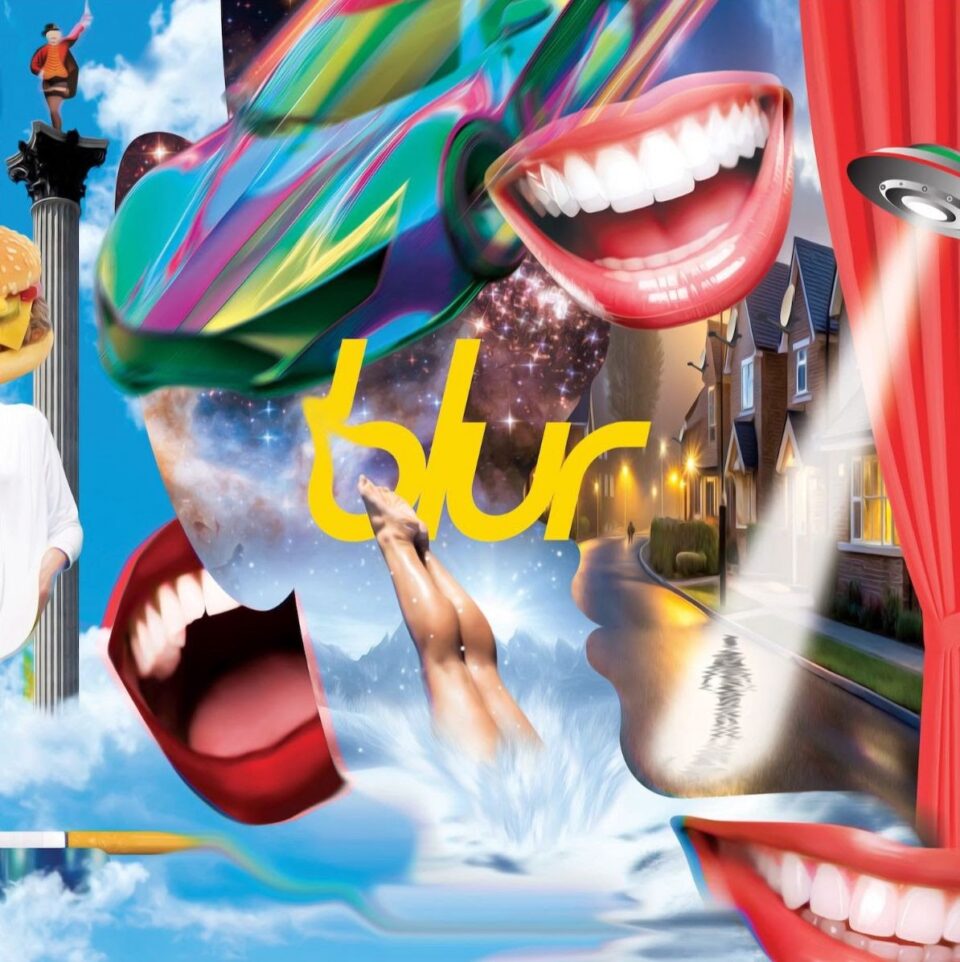On the periphery of Pompeii—that doomed city destroyed and preserved by an apocalyptic bombardment of volcanic ash and pumice falling from the heavens like a cruel act of comeuppance by a cranky god, sitting proud and tenacious and filled with the fresh, majestic air of antiquity—is the Amphitheater, or what remains of it. 135 meters long and 104 meters wide, with the central arena sunken six feet into the earth, it was commissioned by the magistrates Quintus Valgus and Marcus Porcius, and built around 70 BC, offering 20,000 people (maybe closer to 12,000, by current experts’ estimations) a chance to gather together and forget the plights and problems of their lives by watching gladiators fight to the death.
Reinvigoration by blood spilled for the amusement of spectators, the ancient precursor to the modern horror film and its plethora of dead bodies and torrents of blood. For the lower-class, daubed in dirt and with bodies crooked and painful from backbreaking labor, stricken with indigence, the gloom dispersed a bit as they watched souls more unfortunate than they were; in the better seats, the upper crust watched, too, sharing the same entertainment as their destitute neighbors. This was the one place where they were, in some ways, equals.
And the acoustics are pretty good, too. That’s how director Adrian Maben got the bright idea to have Pink Floyd, a band about to ascend to cosmic fame, play there for the concert-film-cum-documentary Pink Floyd: Live in Pompeii, shot in 1971 and released in an hour-long cut in 1972, then re-released with an additional 20 minutes of footage, including a glimpse of the band in the studio recording The Dark Side of the Moon, in 1974. Now we have a new 4K remaster, renamed Pink Floyd at Pompeii—MCMLXXII, a title more evocative of the ancient Italian scenery so lyrically captured by Maben and cinematographers Willy Kurant (who worked with Jon-Luc Godard and Louis C.K. and did one ABC Afterschool special—an impressively eclectic career) and Gábor Pogány (a regular DP for Vittorio De Sica, liaison of Italian neorealism). The Amphitheater, a vestigial venue, is the perfect place for the band's epic ethereality. It’s almost as if Valgus and Porcius foresaw the coming of rock music.
The pairing of psychedelic, jazz-tinctured rock and the remnants of an eternal structure suffused by and beckoning with stories both legendary and speculated, and secrets promising so many unnamed possibilities for history buffs, remains beguiling; it both captures an era about to erupt and still possesses that timeless beauty which defines great art. Maben, David Gilmour, Roger Waters, Richard Wright, and Nick Mason radically modernize the live musical performance, bringing the traditions of the 18th century performances in Vauxhall and Marylebone into the era of electric guitars and stadium rock. One wonders what Haydn would think of Gilmour passionately bending strings steeped in reverb.
Doused in Italian sunlight under a lovely sky, the band performs without an audience—or, if you have a romantic inclination, perhaps they’re performing for the lingering ghosts of felled gladiators. At their best, Pink Floyd can conjure grand, palatial reveries without veering into self-aggrandizement (well, until The Wall, which contains both the good kind of bombast and the bad). The massing of classic-rock virtuosity swells into a cosmos of strings and electronic blips and washes of hazy chords and unshowy percussion pouring out of the speakers and into the stubborn remains of the once-and-still-great Amphitheater. Gilmour’s sinuous guitar sings so sweetly in notes bent heavenward and a tone ever so slightly laced with distortion, with dreamy evocations of some ineffable melancholy, as well as hope. Few rock guitarists have ever had such a gentle, generous genius at playing with such smooth and lustrous suavity, Gilmour’s every bend and release and those unexpected salvos of short mini bravado all slipped in like spangles.
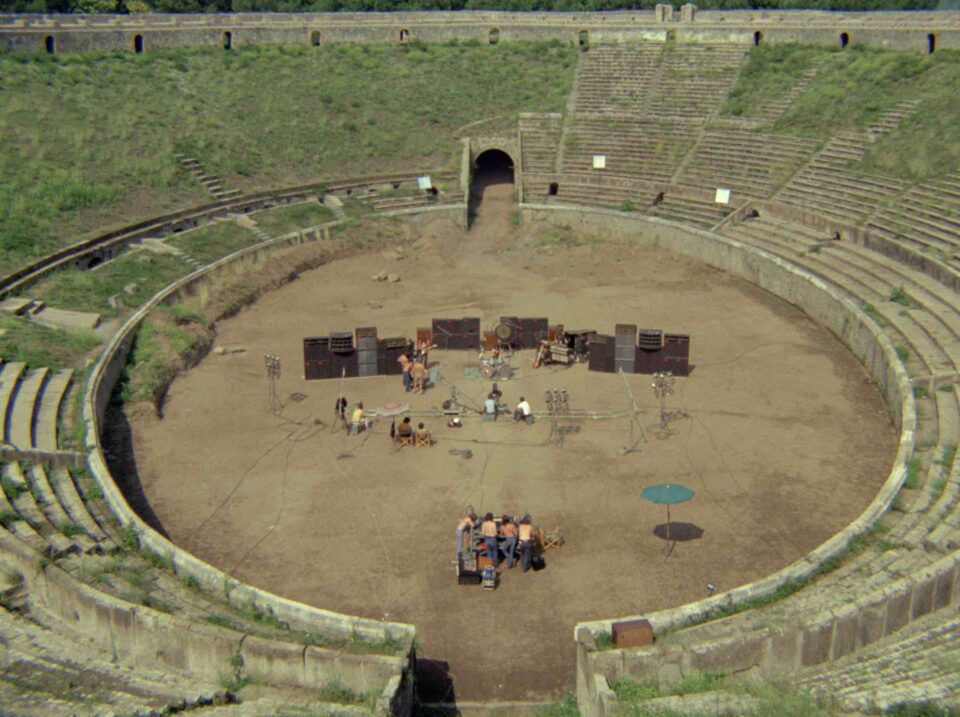
While the cardinal appeal of a Pink Floyd concert film is, of course, Pink Floyd’s music, it’s the marriage of sound and sight, the then-anomalous look of the film, that made it groundbreaking, and remain rarely rivaled. Kurant flaunted his perspicacious understanding of and ingenious imagination for the resplendent possibilities of color photography with Orson Welles’s first color film, 1968’s The Immortal Story, which the corpulent renegade auteur wanted to shoot in black and white, as he did his previous films, opining that “Color enhances the set, the scenery, the costumes, but mysteriously enough it only detracts from the actors.” Kurant and Welles’ comely use of color is, in subtle ways, partially born of necessary frugality, alluringly odd in its differences from the Hollywood films of the ’60s, the advent of New Hollywood spurred most significantly by Bonnie and Clyde.
The duo’s work in The Immortal Story, which helped Kurant get the Pompeii gig, is even more incredible when you consider how not only had Welles never used color, but Kurant cut his teeth with Godard’s cinéma vérité Masculin Féminin, shot without a finished script, just two years earlier. The cinematographer’s work with those two heroes of cinema, made before he turned 40, are important because Kurant employs techniques from both styles in Live in Pompeii, cinematic flash and intimate honesty, an aesthetic and tonal blend that’s had a profound influence on concert films. Would we still have gotten Stop Making Sense and Sign ‘O’ the Times without Pink Floyd?
Live in Pompeii employs cinematic flash and intimate honesty, an aesthetic and tonal blend that’s had a profound influence on concert films. Would we still have gotten Stop Making Sense and Sign ‘O’ the Times without Pink Floyd?
While the later footage of the band hanging out, bantering, and eating, isn’t really all that interesting, the footage of them working on The Dark Side of the Moon, a seminal achievement in studio recording and one of the few albums to advance the sonic experimentation of Phil Spector, Pet Sounds, and Sgt. Pepper—as well as one of the best-selling albums in history—contrasts pivotally with the live performance, and shows two very different yet inextricable sides to Pink Floyd, each gorgeous, each vital to the evolution of their sound, and to the evolution of rock music itself. The songs from the album that appear in the film are “On the Run,” “Brain Damage,” and “Us and Them” in the 1974 and MCMLXXII versions.
To provide context for the era and better appreciate The Dark Side of the Moon and Live in Pompeii, the original and subsequent versions, as well as the relationship of the album and film, it’s also worth noting that 1973 was a pretty wild year for rock music. Led Zeppelin, the rockingest rock band in the world, embraced the power of studio layering and effects with Houses of the Holy, and Roxy Music’s For Your Pleasure—their last album to feature electronic maestro Brian Eno—made its own unique strides on studio experimentation, just as the maverick John Cale did the opposite by going pop with Paris 1919. The #1 single of the year was The Rolling Stones’ “Angie,” a decidedly un-Floyd soft ballad, and, on the antipodal side of the musical spectrum, proto-punk was engendered by The Stooges’ Raw Power. New beginnings all around.
Bookending Pink Floyd’s Amphitheater performance is “Echoes,” the closing track off of their album Meddle, here split into halves that, after the short intro “Pompeii,” usher us into and out of the film on a swoony slipstream, a greeting and goodbye from a friend. It’s a 23-minute odyssey (25 minutes in the film) taking us from the serene air of breathing instruments and pinging electronic notes redolent of a radar dish beaming its feedback to a computer screen and very pretty exhalations of guitar to epic prog-rock abundance, with lyrics harking to Coleridge and a bass line portending doom that Andrew Lloyd Webber would later ape for The Phantom of the Opera; we segue fluidly into a jazzy, funky interlude, with a Herbie Hancock kind of coolness, then on to hazy washes of ambient noise and, finally, like an ouroboros, return to where we began. The band, surrounded by the sun-faded stony remnants of the city swallowed by ash, play as if rock music has the power to bring back the dead. Maybe it can. FL

